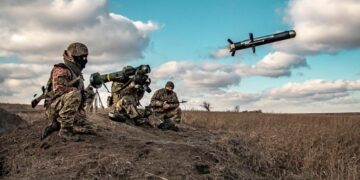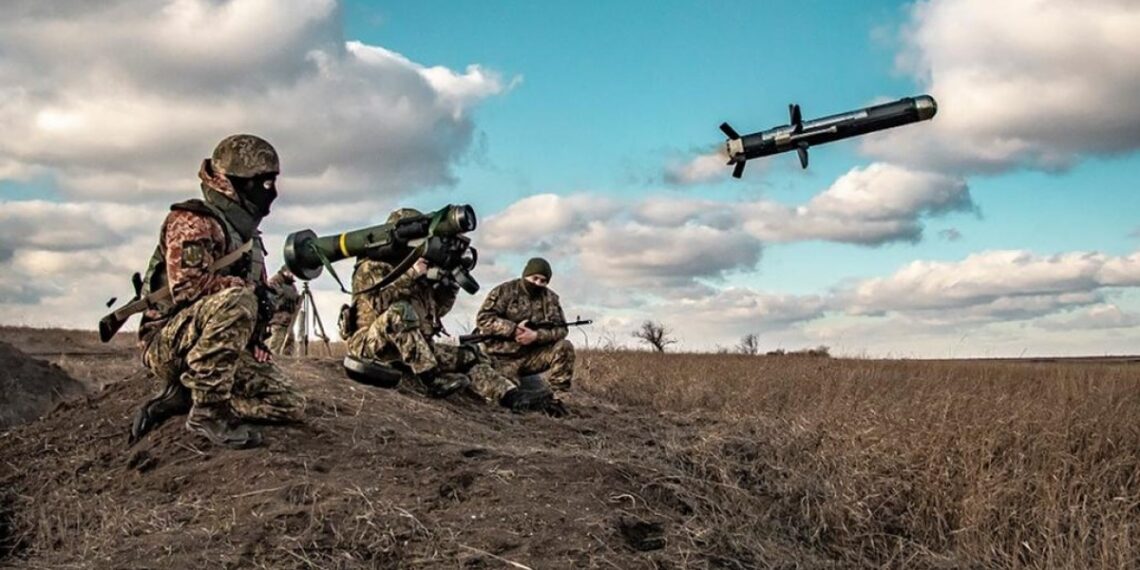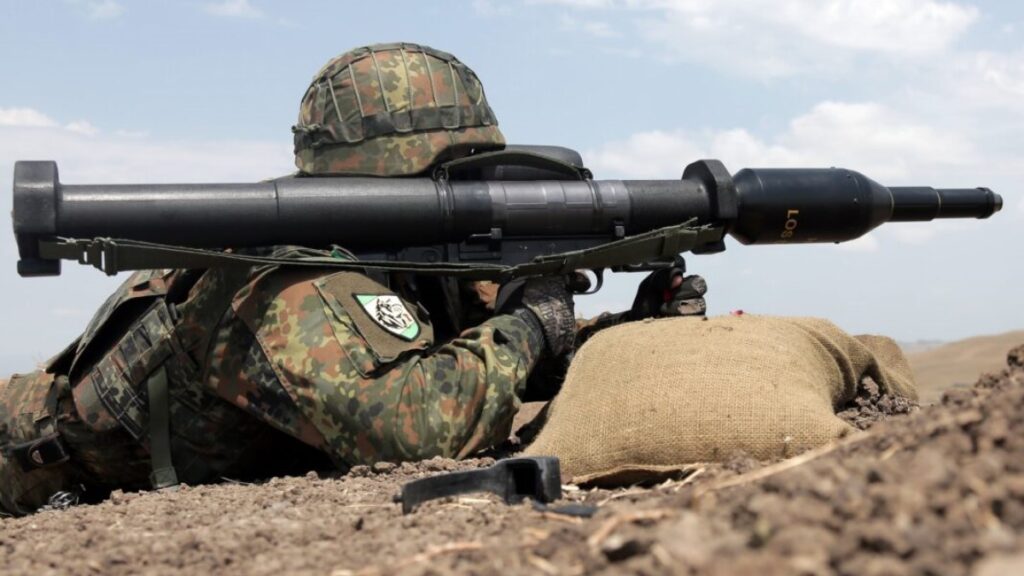Ukraine is facing an invasion from the east. The second biggest country on our continent with an area of nearly 604 thousand square kilometers is being conquered by the Russian army from several directions. The breadbasket of Europe has been turned into a giant warehouse of military equipment of all kinds.
Due to their shared history, both sides are using similar technology from the Soviet era. Howitzers, for example, often face each other, which differ only in the varying degrees of modernization and, most importantly, the much-publicized markings on Russian vehicles.
While Russia (so far) dominates the skies and wins in destructive missile power and quantity, the Ukrainian defences are nevertheless bolstered again by anti-aircraft and anti-tank small arms complexes from the West, Turkish drones and, undoubtedly, by military intel from NATO and the US. Let’s take a look at some of these weapons in the following few chapters.
This is a simpler yet still devastating anti-tank missile. Ukraine has acquired a stockpile of German Panzerfaust 3 weapons, which have served in the local Bundeswehr since the late 1980s.
It is a relatively primitive device compared to sophisticated cruise missiles. Still, it allows close combat, including use inside buildings, and by far the most important, the training is relatively simple. The missile’s practical range is around 300-400 metres and requires the soldier to have good eyesight. However, the Germans are already developing a new version with a computer-controlled sight that will offer better control.
Russian media report that US copies of the Soviet RPG-7 armoured rifle, called the PSLR-1, have reached the Ukrainian side of the battlefield.


















































Discussion about this post